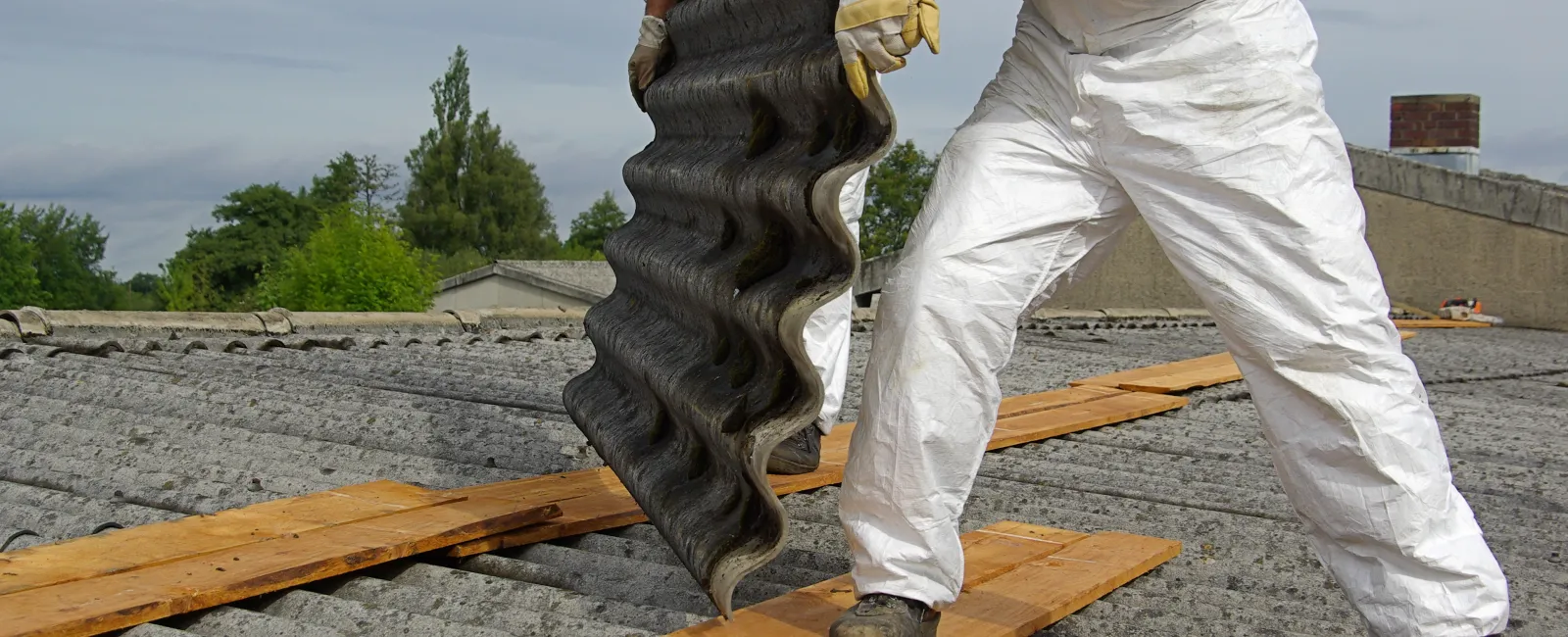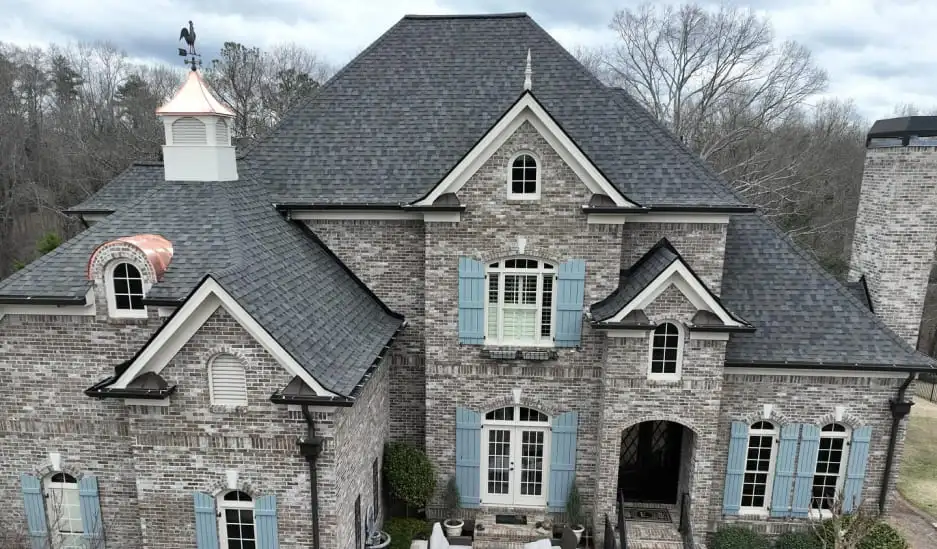Asbestos is a building material composed of mineral fibers. In the past, it was used to increase the fire resistance capability and insulation of products like roofing and siding. The practice stopped when it was discovered that exposure to asbestos dust can cause cancer and respiratory ailments. Though most new homes were built without asbestos in their products, the use of this material was common prior to 1978. Here is what to do if you have asbestos siding or roofing on your home.
Identifying asbestos products
While asbestos products installed in homes in recent decades will be clearly labeled, asbestos added to homes built over thirty years ago will be harder to identify. Asbestos is likely found in cement roofing, shingles, insulation and siding that was installed before 1978 (asbestos use was banned in 1977). Vinyl sheet flooring and tiles may also contain asbestos. The only way to know if asbestos is present in roofing material is to have a sample sent for lab testing.
The United States Consumer Product Safety Commission (CPSC) recommends leaving asbestos products alone as the best policy for dealing with these hazardous materials. Asbestos primarily presents a danger when its dusts are exposed during removal or repair (or taking a sample for testing). Dangers also exist when materials deteriorate and asbestos dust is exposed to you and your family members. In these situations, you should address the areas where asbestos exists.
Options for asbestos siding and roofing
Most homeowners in the Atlanta area will face issues with asbestos when removing old asbestos siding or roofing. Contractors have to follow state regulations for the disposal of these products. Siding or roofing replacement may be impossible to complete without cutting into asbestos products and releasing the dusts into your home. In the hands of a professional, this process should not affect your family in any way. Keep in mind the CPSC clearly states there is no obligation to remove asbestos, contrary to the claims a contractor may make.
Trying to repair or assess the state of asbestos materials in your home is a bad idea. If you notice deterioration in cement siding and roofing, removal may not be necessary. Repairs will involve covering up the materials to keep the asbestos in place so that the dusts are unable to affect the health of anyone in your family. Sealing off the problem is a practice recommended by the CPSC.
Asbestos located on your home’s siding and roofing is relatively common and harmless in most cases, but replacement of roofing material forces you to confront the issue. If you feel that you have an asbestos problem, contact your local contractor so that you can begin to protect yourself and your home from this dangerous material.
Image source: Flickr



